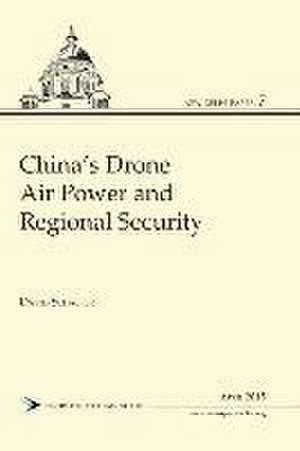China's Drone Air Power and Regional Security
Autor David Schaeferen Limba Engleză Paperback – 3 apr 2015
Preț: 265.39 lei
Nou
Puncte Express: 398
Preț estimativ în valută:
50.80€ • 52.83$ • 42.57£
50.80€ • 52.83$ • 42.57£
Carte tipărită la comandă
Livrare economică 14-28 martie
Preluare comenzi: 021 569.72.76
Specificații
ISBN-13: 9789383649471
ISBN-10: 938364947X
Pagini: 94
Dimensiuni: 152 x 229 x 6 mm
Greutate: 0.15 kg
Ediția:
Editura: K W Publishers Pvt Ltd
ISBN-10: 938364947X
Pagini: 94
Dimensiuni: 152 x 229 x 6 mm
Greutate: 0.15 kg
Ediția:
Editura: K W Publishers Pvt Ltd
